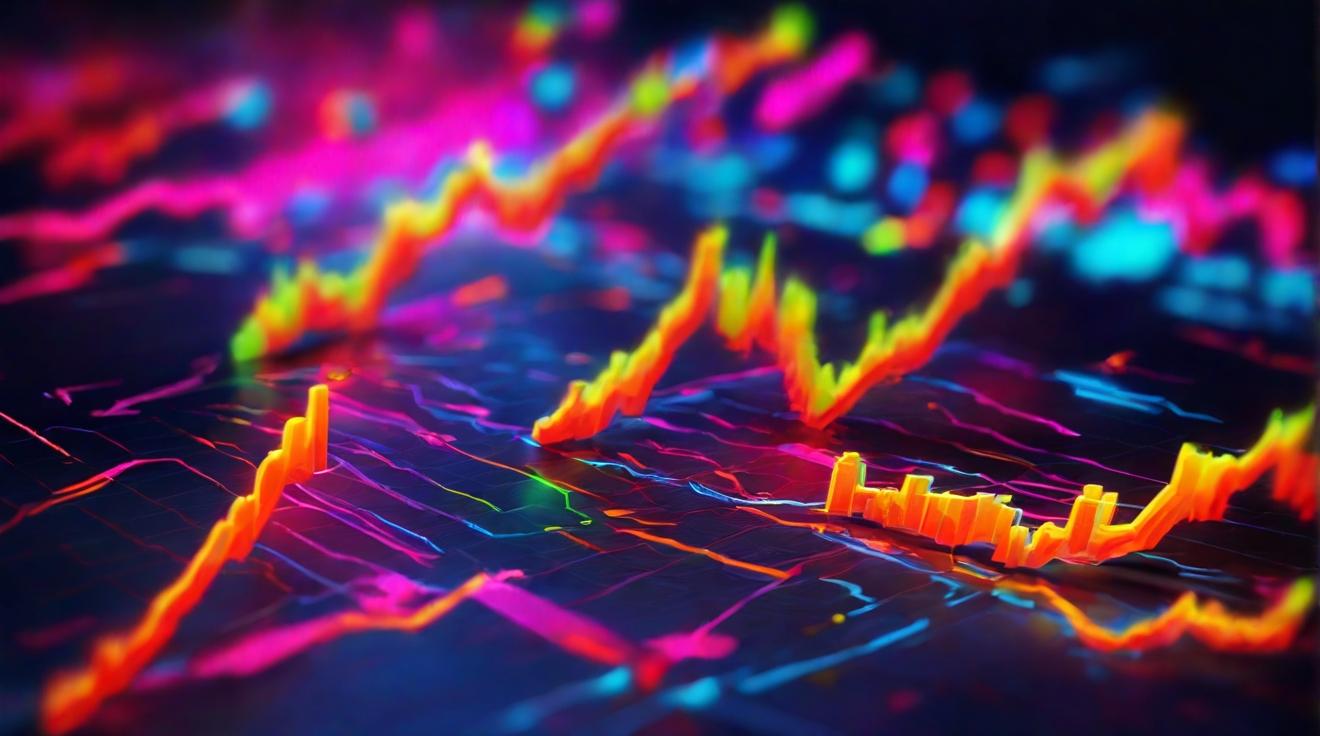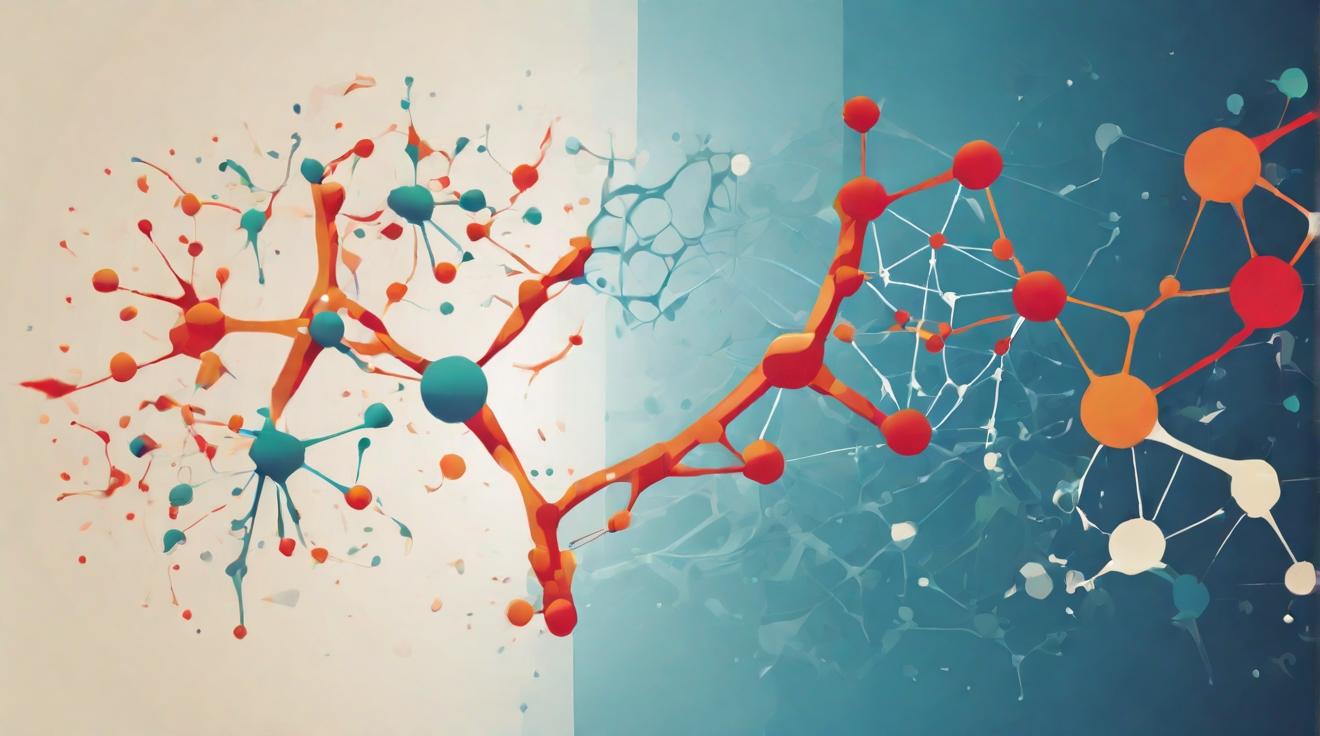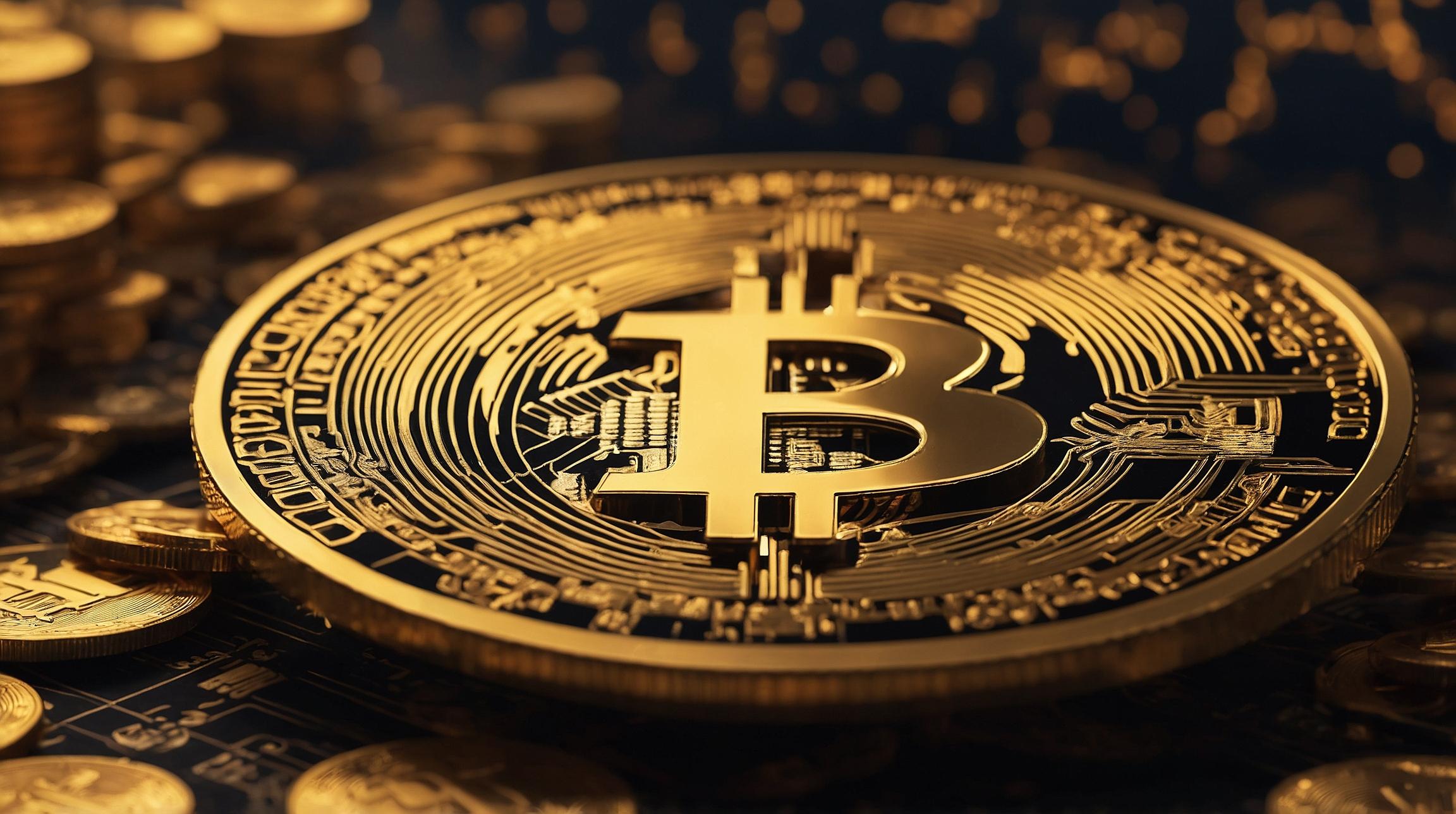The Future of Computing: How AI and Quantum Computing Are Creating Unprecedented Opportunities
In an era where technological advancements are rapidly reshaping our world, two groundbreaking forces, Artificial Intelligence (AI) and quantum computing, are joining hands in an unprecedented union. This collaboration is not merely the subject of speculative science fiction but a tangible future that promises to revolutionize various sectors including healthcare, finance, and cybersecurity.
Yet, the path to this future is fraught with challenges, notably the issue of quantum errors. Thanks to AI, however, what seemed like an insurmountable obstacle is now a solvable puzzle. AI's role in navigating the complex landscape of quantum computing has turned it into an indispensable ally, particularly through the application of machine learning in quantum error correction.
Quantum Computing: A Double-Edged Sword
Quantum computing, with its qubits capable of performing multiple calculations simultaneously, offers computational power far beyond what current technologies can achieve. However, the sensitivity of qubits to environmental disruptions has made quantum errors a significant hurdle, threatening the reliability of quantum computations.
AI to the Rescue
Enter AI, a field renowned for its prowess in pattern recognition and problem-solving. In the domain of quantum error correction, AI, especially machine learning, has proven its worth by not only detecting but also predicting and preventing the occurrence of errors. This proactive approach has been instrumental in ensuring the accuracy and reliability of quantum computations, marking a monumental leap in the quest to mainstream quantum technology.
A Paradigm Shift
The collaborative efforts between AI and quantum computing are paving the way for a new era of technological advancement. The innovation stemming from this partnership is set to dismantle long-standing barriers, making the notion of "quantum" a tangible reality across various fields. From eradicating diseases to ensuring unprecedented precision in financial markets and fortifying data security through advanced encryption, the implications are vast.
The Evolution of the Game
The alliance between AI and quantum computing is a testament to the power of innovation. It exemplifies how the convergence of these cutting-edge technologies can lead to the development of a dynamic duo capable of revolutionizing medicine, finance, data security, and even AI itself. This is not merely a game-changer but an evolution of technology as we know it.
FAQ:
Q: What is quantum computing?
A: Quantum computing is a revolutionary computing approach that leverages quantum mechanics principles to process information and perform complex calculations.
Q: What is AI?
A: AI, or Artificial Intelligence, encompasses the creation of intelligent machines that can mimic human cognitive functions, learn from experiences, and make autonomous decisions.
Q: What is quantum error correction?
A: Quantum error correction involves techniques designed to identify and rectify errors in quantum computations, ensuring accurate and reliable outcomes.
In summary, the synergy between AI and quantum computing heralds a future filled with possibilities. As we stand on the cusp of this new era, it’s clear that the innovative integration of machine learning and quantum error correction is not just transforming quantum computing but also setting the stage for advancements that once seemed beyond reach.
Analyst comment
This news can be evaluated as positive. The collaboration between AI and quantum computing presents unprecedented opportunities that can revolutionize various sectors. The application of machine learning in quantum error correction is solving the challenge of quantum errors and ensuring the accuracy and reliability of quantum computations. This partnership is paving the way for a paradigm shift and the evolution of technology. The market is expected to see advancements in healthcare, finance, and cybersecurity, leading to new possibilities and growth opportunities.













